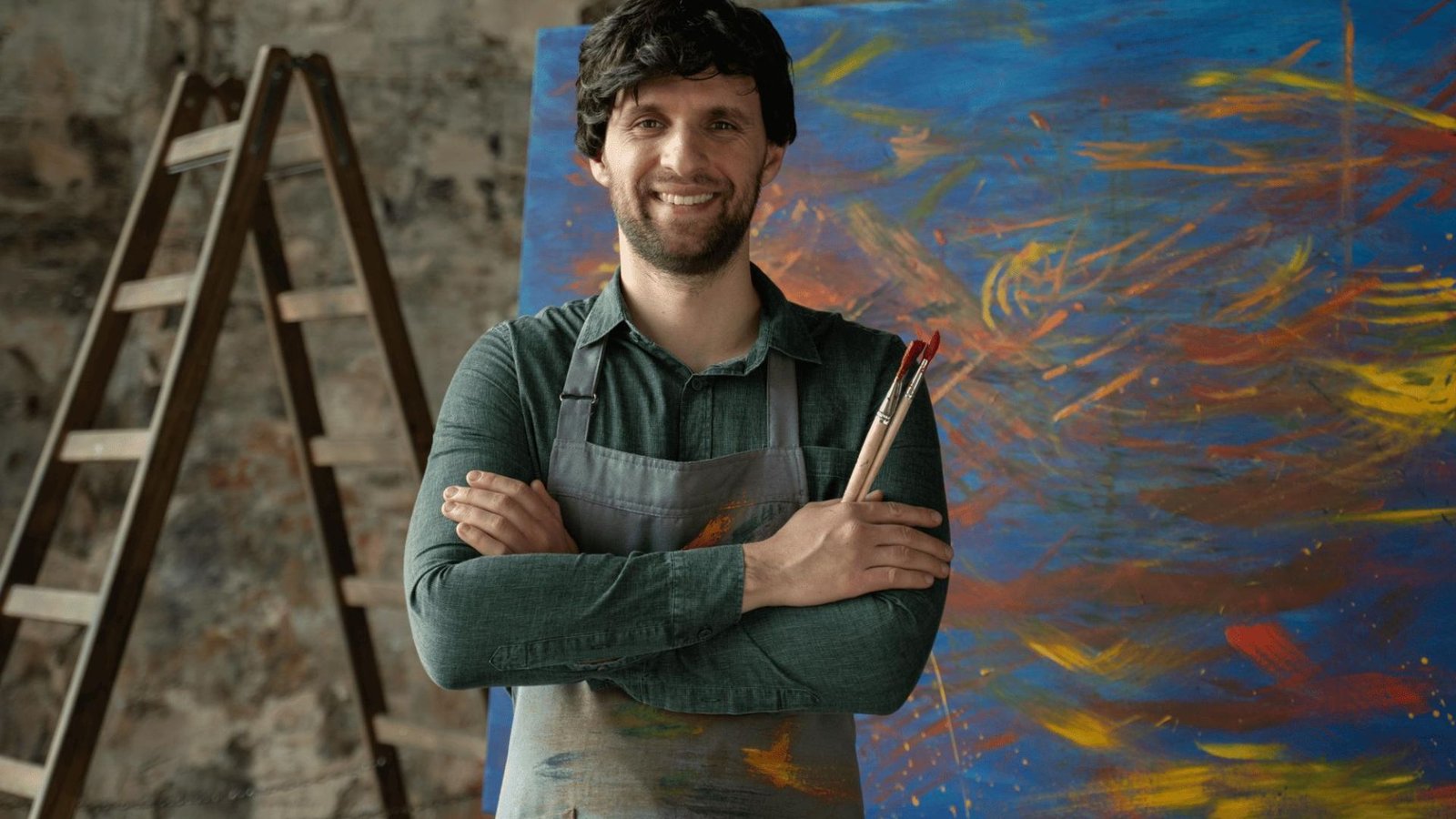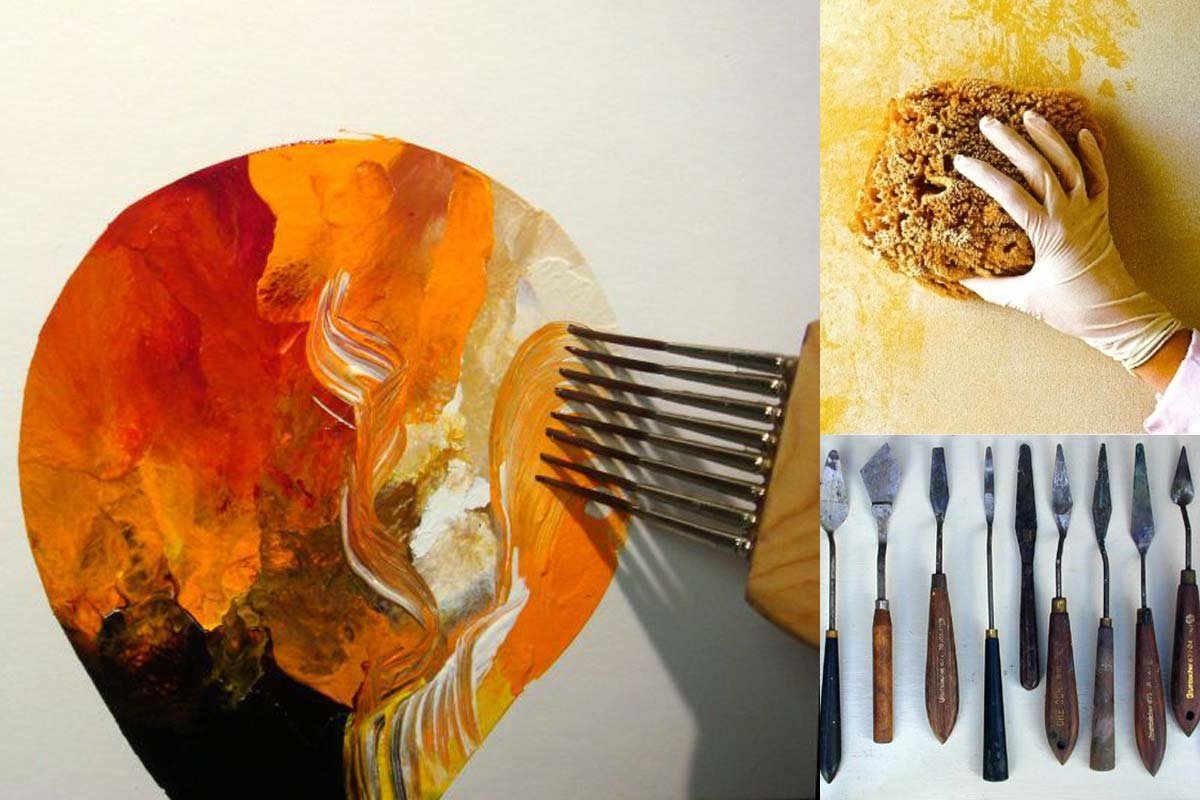Developing your unique artistic voice is essential for standing out as an artist. Your artistic voice is the distinct style, perspective, and approach that make your work recognizable and authentically yours. This guide will help you find and refine that voice through introspection, experimentation, and consistency.

Explore Your Influences
Begin by identifying the artists, styles, and movements that resonate with you. Study their work to understand what draws you to them—whether it’s their use of color, composition, subject matter, or technique. However, instead of imitating these influences, analyze what elements you can incorporate into your work in a way that feels natural and personal.
- Action Step: Create a mood board or digital collection of artworks that inspire you. Reflect on what common themes or techniques appeal to you.
Experiment with Mediums and Techniques
Your unique voice often emerges when you step outside your comfort zone. Experimenting with different mediums, tools, and techniques can open new creative pathways. Whether you try digital art, sculpture, mixed media, or photography, each medium offers a new way to express your ideas.
- Action Step: Dedicate time to experiment with a new medium or technique each month. Document your progress and reflect on what feels most authentic to you.
Focus on Themes That Matter to You
Your artistic voice is closely tied to the themes and messages you choose to explore in your work. Consider what topics, emotions, or narratives are most meaningful to you. Art that stems from personal experiences or deep-seated beliefs often resonates more strongly with both the artist and the audience.
- Action Step: Journal about the issues or themes that matter most to you. Create a series of works that explore these themes from different angles.
Embrace Your Imperfections
Perfectionism can stifle creativity and hinder the development of your unique voice. Embrace your imperfections and view mistakes as opportunities for growth. The quirks and irregularities in your work often become defining characteristics of your style.
- Action Step: Set aside a project specifically for experimentation where mistakes are not only accepted but encouraged. Reflect on how these “mistakes” contribute to your evolving style.
Create Consistently
Consistency is key to developing a recognizable artistic voice. The more you create, the more your voice will naturally emerge. Over time, patterns in your work will begin to form, revealing your unique perspective and style.
- Action Step: Establish a regular creative routine. Aim to create something every day, whether it’s a full piece or a simple sketch. Review your body of work periodically to identify emerging patterns.
Seek Feedback and Reflection
While your artistic voice is deeply personal, external feedback can provide valuable insights. Share your work with trusted peers or mentors who understand your goals and can offer constructive criticism. Reflecting on this feedback helps you refine your voice and push your boundaries.
- Action Step: Join an artist community or online forum where you can share your work and receive feedback. Engage in discussions to broaden your perspective.
Be Patient and Persistent
Developing a unique artistic voice takes time and persistence. It’s a journey of continuous self-discovery and refinement. Don’t rush the process. Instead, embrace each step as a vital part of your artistic growth.
- Action Step: Set long-term goals for your artistic journey. Celebrate small milestones along the way and use them as motivation to keep pushing forward.
Conclusion
Your unique artistic voice is an expression of who you are, shaped by your experiences, influences, and passions. By exploring different mediums, focusing on meaningful themes, and creating consistently, you’ll gradually refine a voice that is unmistakably yours. Remember, this process is ongoing—your voice will continue to evolve as you grow as an artist.




